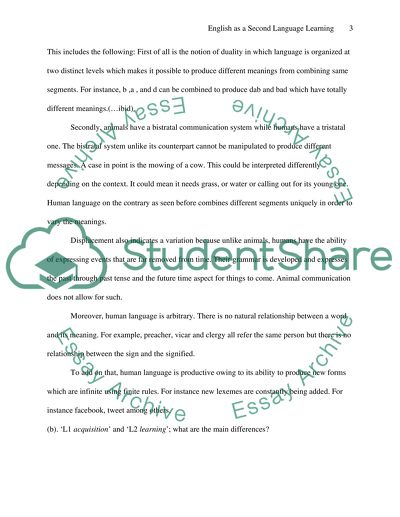Cite this document
(“English as a Second Language Learning Essay Example | Topics and Well Written Essays - 1750 words”, n.d.)
Retrieved from https://studentshare.org/humanitarian/1642810-english-as-a-second-language-learning
Retrieved from https://studentshare.org/humanitarian/1642810-english-as-a-second-language-learning
(English As a Second Language Learning Essay Example | Topics and Well Written Essays - 1750 Words)
https://studentshare.org/humanitarian/1642810-english-as-a-second-language-learning.
https://studentshare.org/humanitarian/1642810-english-as-a-second-language-learning.
“English As a Second Language Learning Essay Example | Topics and Well Written Essays - 1750 Words”, n.d. https://studentshare.org/humanitarian/1642810-english-as-a-second-language-learning.


